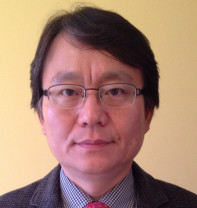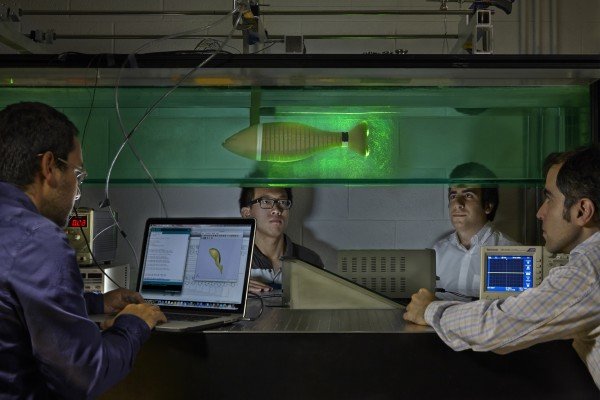An artificial bone scaffold produced by researchers in South Korea could enhance the treatment of bone damage and defects through bone grafts.
Traditionally, bone grafts require material to be transplanted from either another bone of the patient or from a donor. Artificial grafts offer an easier and less risky process, providing an artificial scaffold on which bone cells can grow. However, developing a material with ideal characteristics has proved difficult. The structure of natural bone provides an optimal compromise between weight and strength, and the natural scaffold is porous to allow ingrowth of bone cells. An ideal artificial substitute would recreate all of these aspects.
A research team led by Professor Lee Byong Taek at Soonchunhyang University have created an artificial scaffold that closely imitates the structure of small bones such as those in fingers and toes. Writing in the current issue of Science and Technology of Advanced Materials, they describe how the scaffold also allows efficient growth of bone cells on its surface, thereby meeting the criteria of both strength and biocompatibility needed to be used in patients.
To achieve this, the researchers harnessed the advantages of two different materials. Both were ceramics already used in artificial bone, each with different benefits. The first was hydroxyapatite, a material based on calcium phosphate and which is a major constituent of natural bone. While hydroxyapatite encourages bone cell ingrowth, when it is porous like natural bone, it is mechanically weak. The second material, zirconium dioxide, is stronger but cells do not grow on it. The new scaffold has a layered structure: hydroxyapatite on the outer surfaces to encourage cell growth, and zirconium dioxide beneath to provide strength.
Previous attempts at similar composite structures have suffered because the traditional production process for ceramics requires heating to extremely high temperatures, and unequal expansion of the different materials can cause cracking. Using microwaves for heating allowed the researchers to produce a more stable scaffold, and a gradient layer between the hydroxyapatite and zirconium dioxide, which had intermediate properties, alleviated the effects of differing expansion.
To assess the interaction of the final scaffold with cells, the team first incubated cells in the presence of the ceramics and tested for genetic markers of growth. They found no difference when compared to cells grown in control conditions, meaning the ceramics did not prevent growth of cells.
To test how the cells grow on the scaffold itself, the team incubated cultured bone cells on its surface for different lengths of time. Cells attached to the surface within 30 minutes and over a number of days, they continued to grow and divide. After a week, cells covered the surface of the scaffold and almost filled the pores in the ceramic structure.
This compatibility with cell growth means that, along with the strength provided by the composite structure, the new artificial bone meets the requirements for an artificial graft more fully than current options.
Story Source:
The above story is reprinted from materials provided by ResearchSEA.





